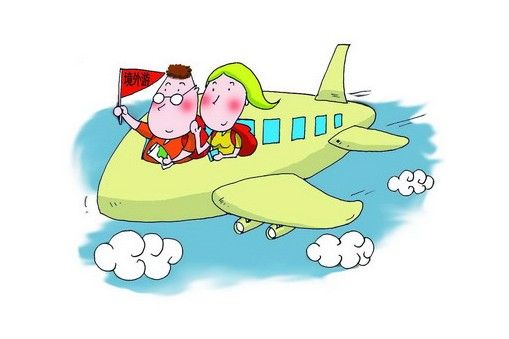Now the news continues.
More Chinese tourists opted to travel to Japan, South Korea and Southeast Asian countries during the three-day May Day holiday that started on May 1.
According to the National Tourism Administration, tours to Japan and South Korea surged by 50 percent from last year, thanks to favorable exchange rates and relaxed visa policies.
Almost 30 percent of all outbound holidaymakers travelled to Europe, a surge from the previous year, with Italy, France, Germany and Switzerland the favorite destinations.
However, Hong Kong, a previously hot destination, suffered a setback this year with average hotel room tariffs down 20 percent during the past three days.
China has been the world's largest outbound tourism market since 2012. The number of Chinese tourists traveling abroad last year increased by 20 percent year on year to 109 million, almost 13 times the level in 1998.

This is NEWS Plus Special English.
More than 200 traditional Chinese villages have been surveyed and documented.
Since a nationwide survey started in June last year, a total of 2,500 traditional villages have been included on a state protection list. Among them, 200 villages have been documented for their historical and cultural value.
The survey was initiated in 2012 and brought together several organizations of domestic artists, photographers and writers as well as the ministries of housing and urban-rural development, culture and finance, along with the state cultural relics bureau.
The documentation of traditional villages includes 25 items of information in eight categories based on academic perspectives including anthropology, history, folklore and cultural heritage.
Writer, artist and calligrapher Feng Jicai, chairman of the Chinese Folk Literature and Art Society, said that with recorded words and pictures, the intangible cultural heritage of the villages is officially been identified.

This is NEWS Plus Special English.
Beijing Tongrentang, a renowned traditional Chinese medicine maker, earned 240 million yuan, roughly 40 million U.S. dollars, in net profits in the first quarter of this year, up 13 percent from the previous year.
The company filed its quarterly report with the Shanghai Stock Exchange. Its sales revenue surpassed 3 billion yuan, a year-on-year increase of 4 percent. Earnings per share hit almost 0.2 yuan.
By the last trading day before the May Day public holiday, its combined valuation hit 44 billion yuan.
Founded in 1669, the traditional Chinese medicine maker has opened 110 overseas branches and has more than 600 employees.
China is making plans to help traditional Chinese medicine "go global".











